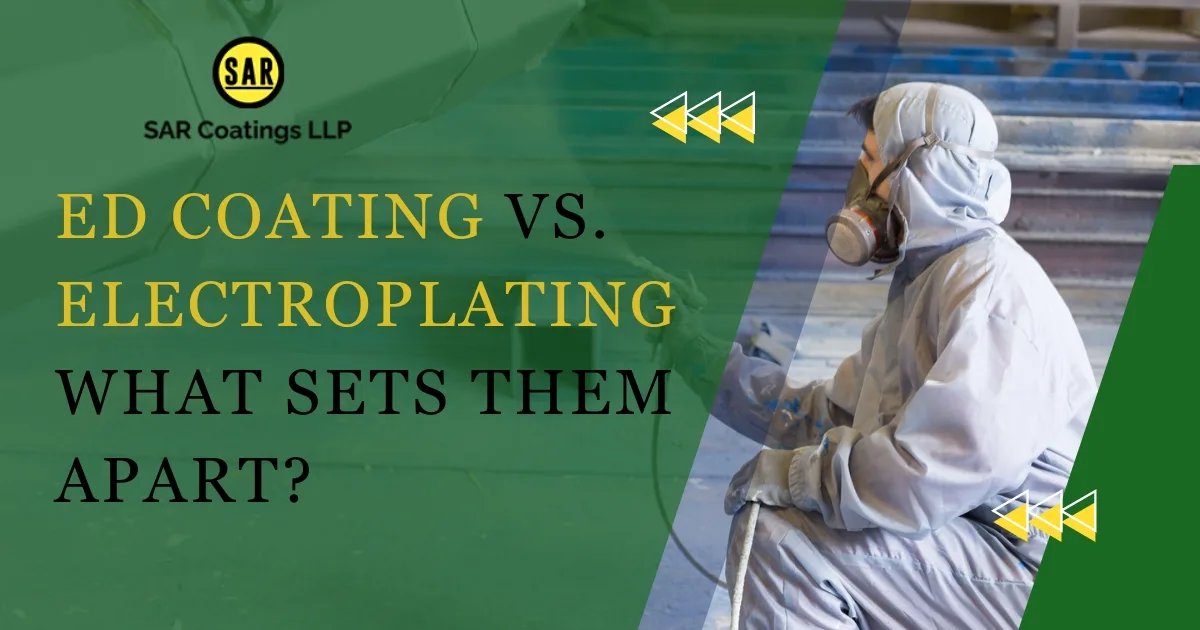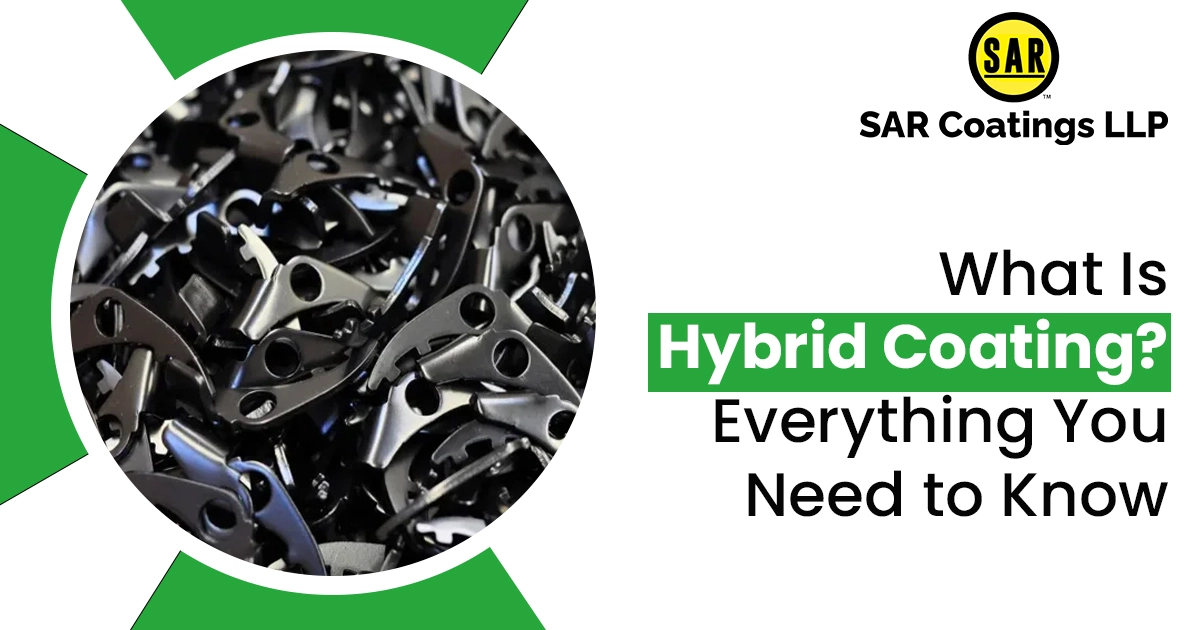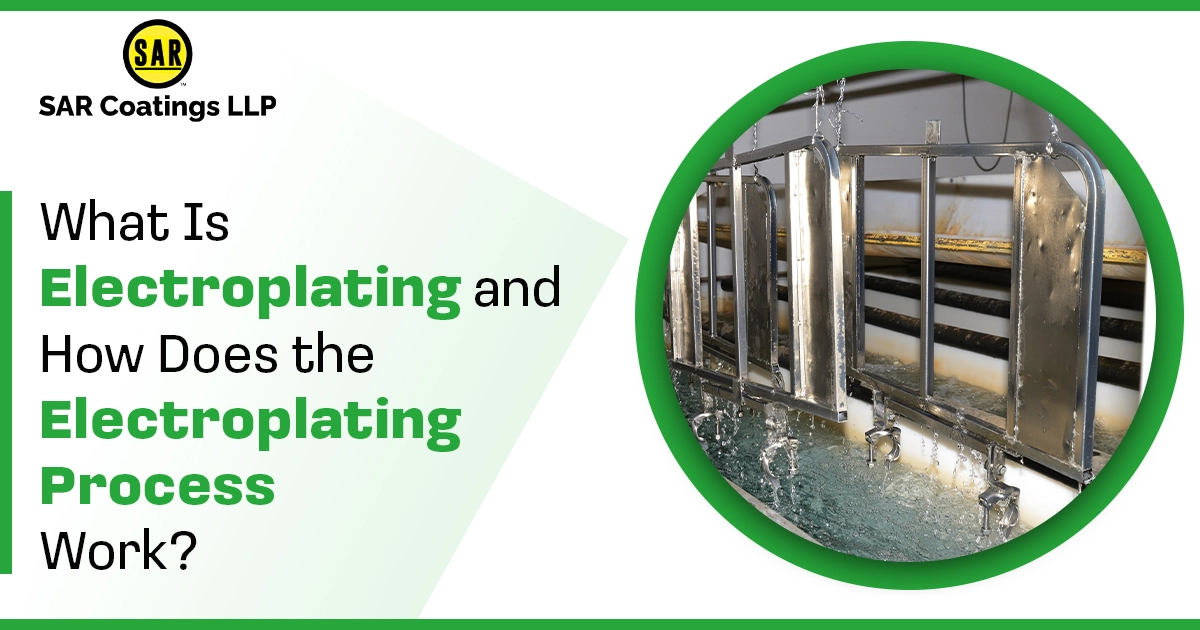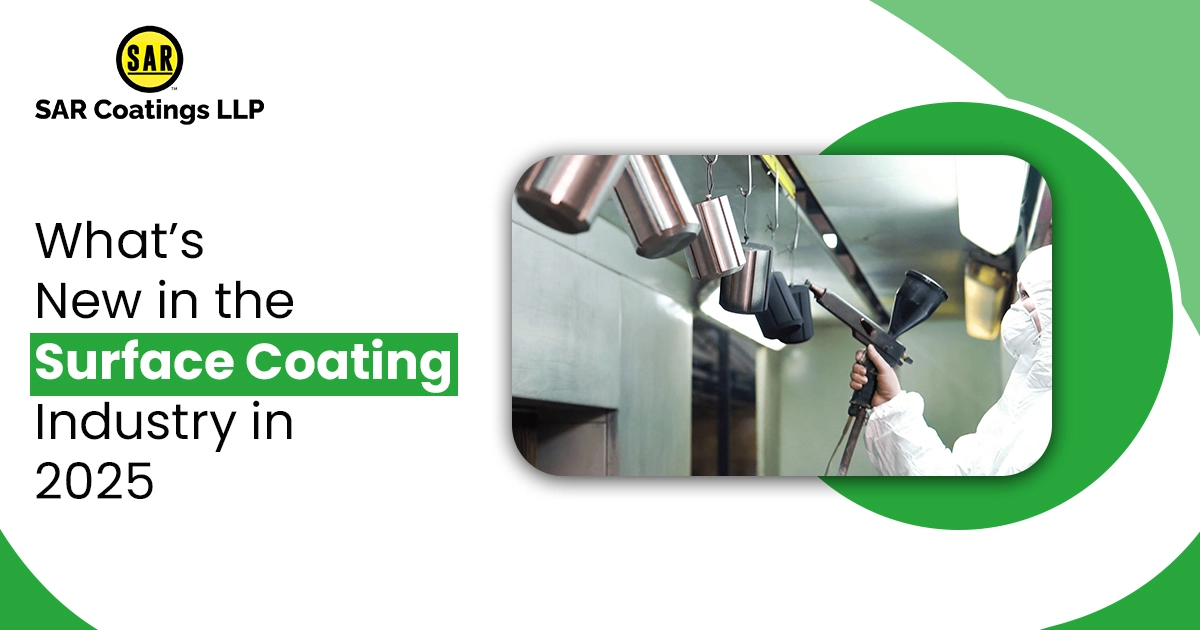
ED Coating vs. Electroplating: What Sets Them Apart?
When it comes to protecting metals from corrosion, two common methods stand out: ED coating and electroplating. Understanding the nuances between these techniques can significantly impact your choice of metal protection. Let's delve into the differences, benefits, and applications of each.
Understanding ED Coating and Electroplating
ED Coating, short for electrophoretic deposition, is a method of applying protective coatings to metals. It involves immersing the metal in a bath of positively charged paint particles, followed by the application of an electrical charge. This process causes the particles to adhere to the metal surface, forming a durable coating.
Electroplating, on the other hand, is a technique where a metal coating is applied to a conductive surface using an electric current. This process involves immersing the metal to be coated in a solution containing ions of the coating metal. Through the application of electrical current, these ions adhere to the surface, creating a protective layer.
Key Differences
Application Process:
The primary difference lies in their application methods. ED Coating in Gurgaon involves the use of paint particles and an electrical charge, while electroplating applies a metal layer through the deposition of ions in a solution.
Coating Thickness:
Electroplating generally offers a thicker coating compared to ED coating. This makes it ideal for applications where a thicker protective layer is necessary.
Uniformity:
ED coating provides a more uniform coating thickness, even on complex shapes and crevices, due to its ability to evenly disperse particles across the surface. Electroplating may struggle with uniformity on intricate surfaces.
Benefits and Applications
ED Coating:
- Corrosion Resistance: Ecoat provides excellent corrosion protection, making it suitable for automotive components, appliances, and industrial machinery.
- Uniform Coating: Its ability to coat complex shapes makes it ideal for parts with intricate designs.
- Environmentally friendly: This method produces fewer waste materials and consumes less energy compared to electroplating.
Electroplating:
- Enhanced Durability: The thicker coating of electroplating offers superior durability, making it suitable for applications requiring high wear resistance.
- Decorative Finishes: It's commonly used for decorative purposes due to its ability to create shiny, aesthetically pleasing surfaces.
- Variety of Metals: Electroplating allows for coating with various metals, offering versatility in applications.
Conclusion
Both ED coating and electroplating offer unique advantages in protecting metals against corrosion and enhancing their properties. The choice between them depends on specific application requirements, with ED coating excelling in uniformity and environmental friendliness, while electroplating service offers enhanced durability and versatility in metal choices. Understanding their differences empowers industries to make informed decisions, selecting the most suitable method for their needs.



